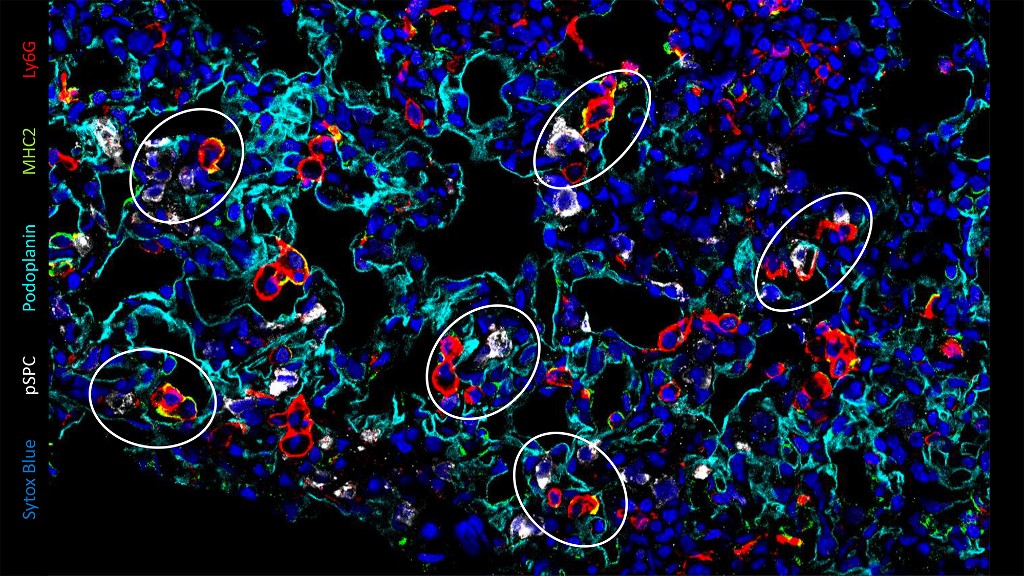As demonstrated by the COVID-19 pandemic, respiratory viruses, which usually only cause moderate sickness, can also have more significant effects, such as severe cases necessitating hospitalisation and the long-term effects of “long Covid.” Large portions of the lungs, especially the alveoli that regulate gas exchange, are frequently destroyed due to these disorders. Chronic weariness and exercise intolerance can result from inadequate repair of these tissues, which can also cause ARDS or a permanent decrease in the lungs’ capacity to oxygenate blood.
Their findings were published in the journal Science Immunology.
Although macrophages are widely recognized for their participation during the acute phase of respiratory viral infections, less is known about their activity during the post-inflammatory phase. According to research conducted by the GIGA Institute at the University of Liège, atypical macrophages which are identified by certain markers and are temporarily recruited during the early stages of recovery help regenerate pulmonary alveoli.
The study was carried out by Dr. Cecilia Ruscitti and supported by the Fonds Baillet Latour and the WEL Research Institute. It was headed by the FNRS researcher Dr. Coraline Radermecker and Prof. Thomas Marichal from the Immunophysiology Laboratory of the GIGA Institute. It profited from the sophisticated technical platforms of the GIGA, such as single-cell RNA sequencing, fluorescence microscopy, and flow cytometry. Numerous researchers from ULiège as well as foreign partners participated in the project.
Our findings provide a novel and crucial mechanism for alveolar repair by these atypical macrophages,
We have detailed their characteristics, origin, location in the damaged lung, the signals they require to function, and their role in tissue regeneration, specifically acting on type 2 alveolar epithelial cells, the progenitors of alveolar cells.
Coraline Radermecker
Because these macrophages produce a hallmark previously believed to be distinctive for another immune cell group, the neutrophils, and because they emerge briefly during the repair phase before departing, the scientific community had disregarded them.
Our study highlights the reparative role of these macrophages, countering the prevailing idea that macrophages following respiratory viral infections are pathogenic,
By targeting the amplification of these macrophages or stimulating their repair functions, we could develop therapies to improve alveolar regeneration and reduce complications from serious respiratory infections and ARDS.
Thomas Marichal
To put it another way, picture the lungs as a garden that has been ravaged by a virus. These recently identified macrophages function like specialised gardeners, removing garbage and scattering fresh seeds so the garden may rejuvenate and take on new life.
This scientific discovery creates new opportunities for the treatment of respiratory illnesses and highlights the value of research conducted at the University of Liège.
Source: University of Liège – News
Journal Reference: Ruscitti, Cecilia, et al. “Recruited Atypical Ly6G+ Macrophages License Alveolar Regeneration After Lung Injury.” Science Immunology, 2024, DOI: 10.1126/sciimmunol.ado1227.
Last Modified:







